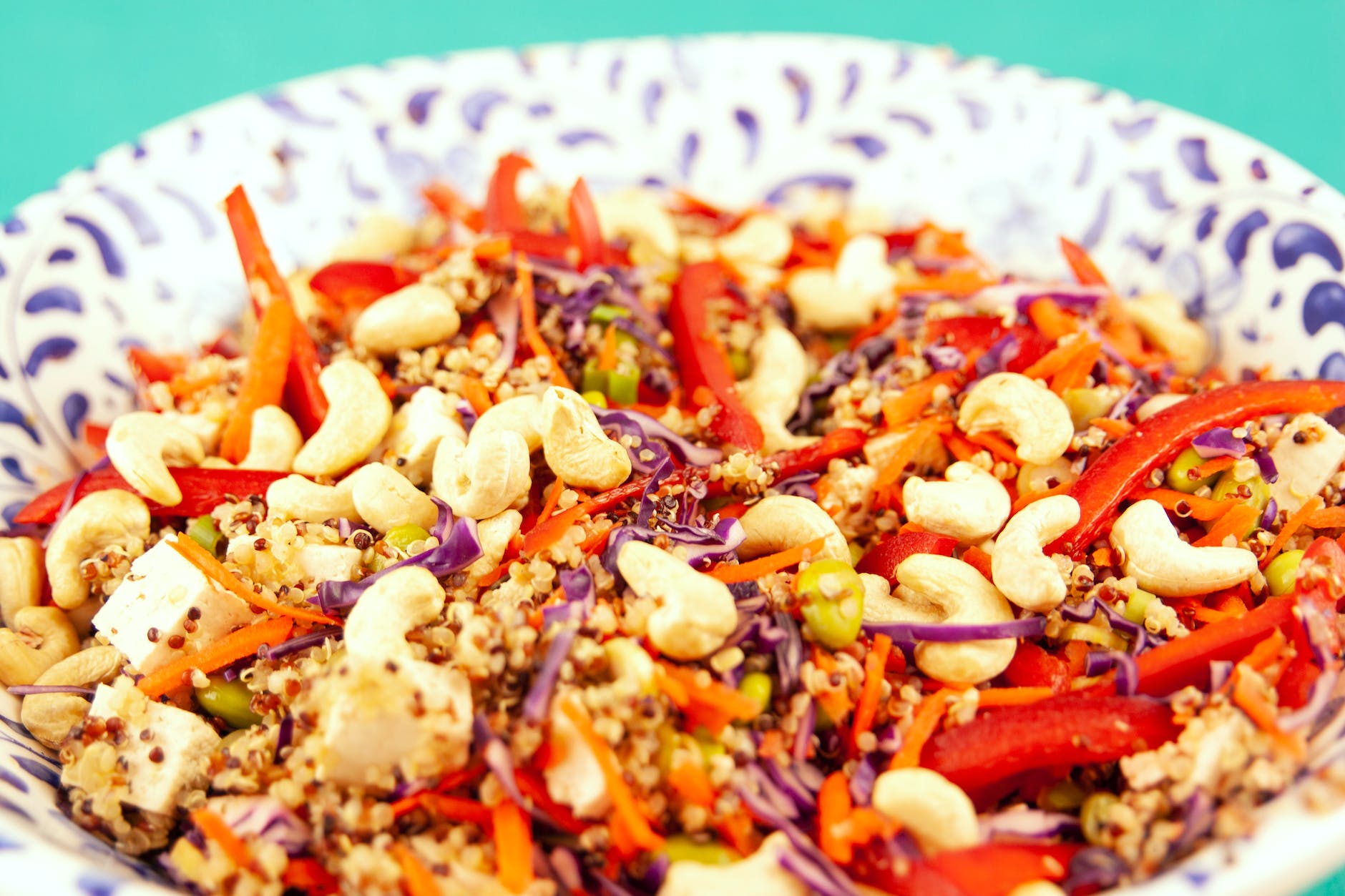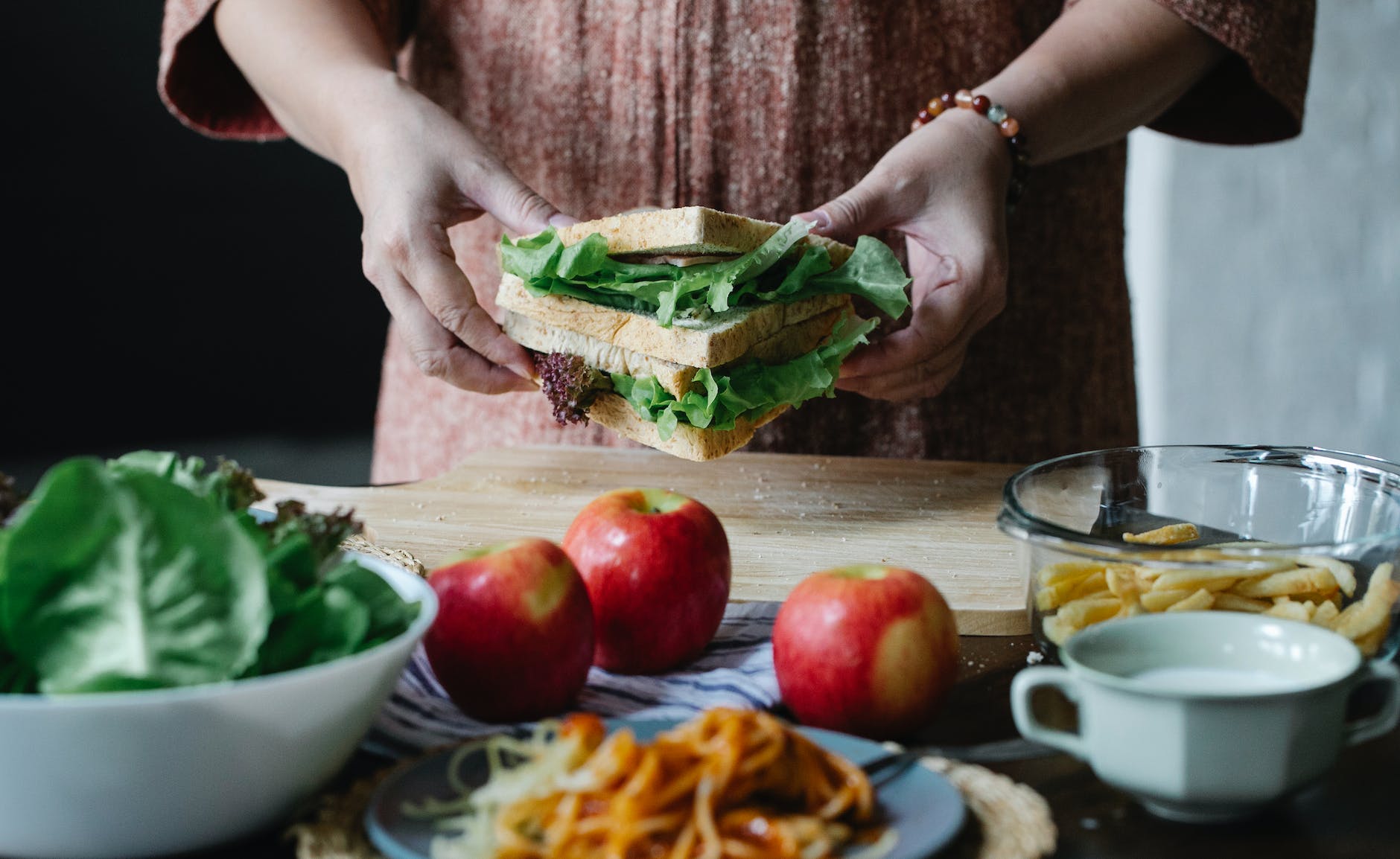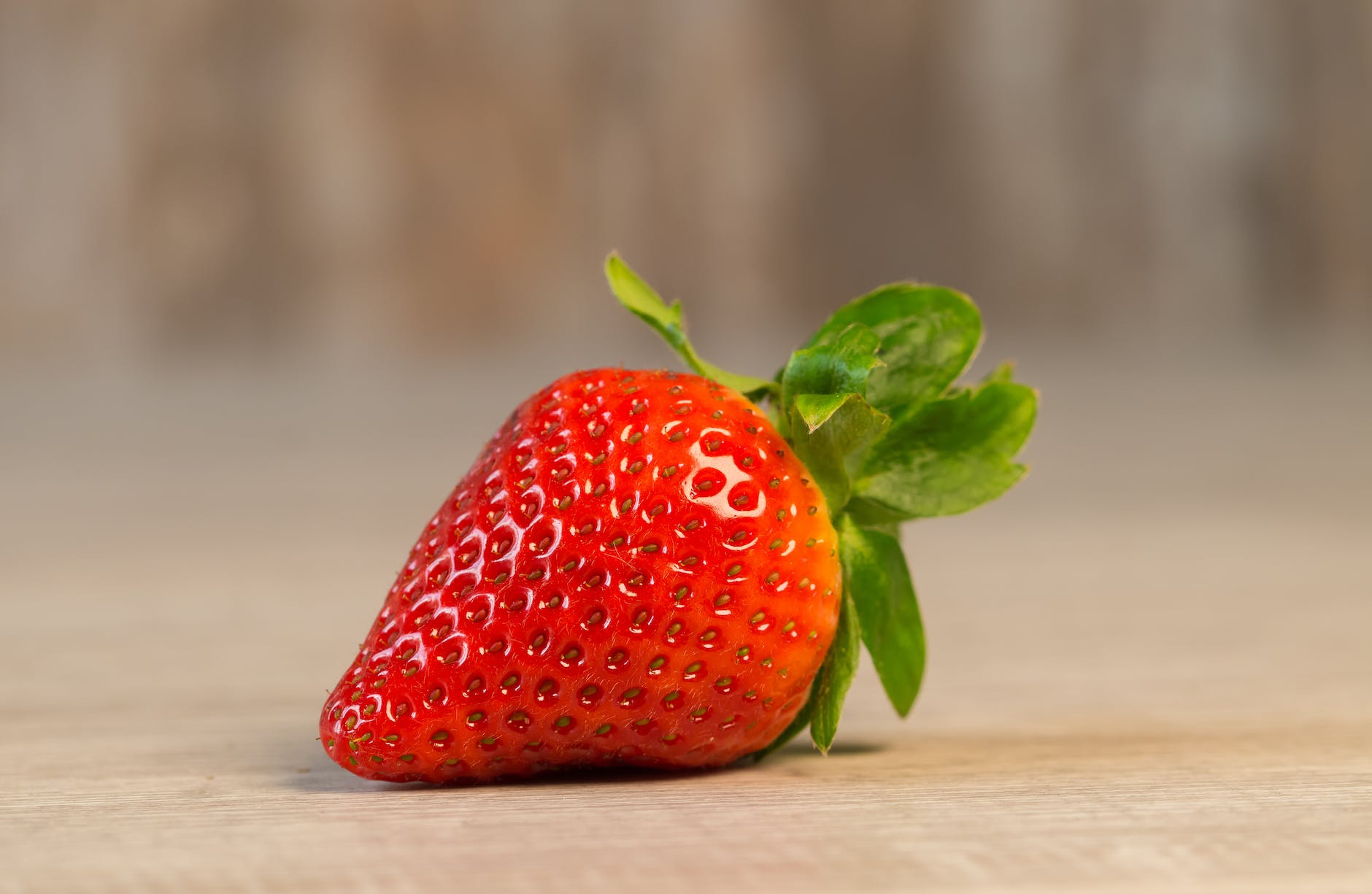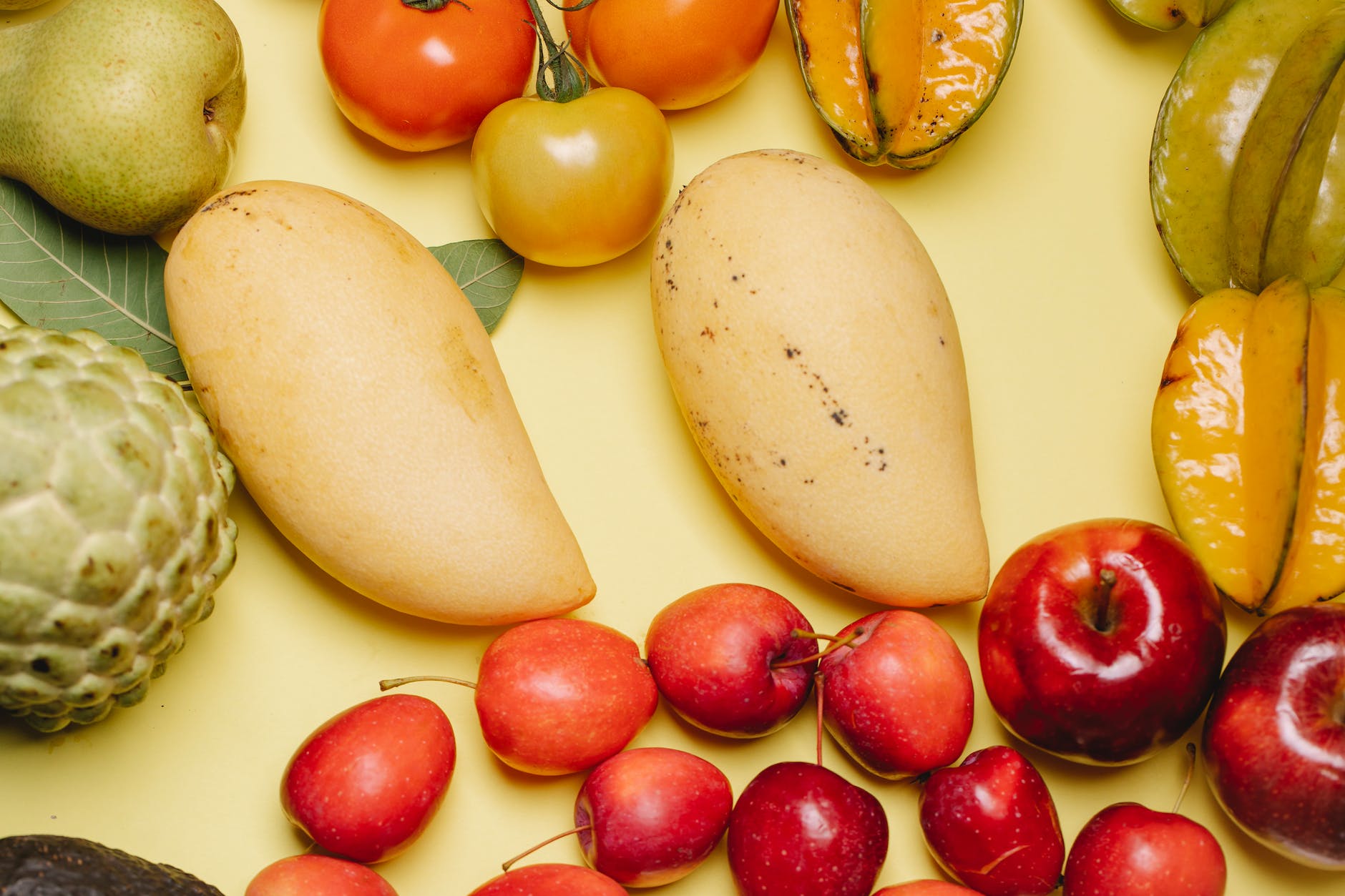
Welcome to a deep dive into the world of plant-based proteins! Whether you’re a seasoned vegan, a vegetarian, or someone who’s simply interested in adding more plant-based meals to your diet, this guide is for you. We’ll explore ten incredible plant-based protein sources, perfect for high-protein meal prep. For each protein source, we’ll provide extensive details about their nutritional benefits, cooking tips, ingredient replacement options, and meal prep ideas.
1. Lentils
Lentils, an ancient food staple, are nutritional powerhouses. They belong to the legume family, offering around 18 grams of protein per cooked cup. Packed with dietary fiber, lentils contribute to feeling satiated, which can aid in weight management. They also offer a good amount of iron, essential for energy production and metabolism. Furthermore, lentils contain a significant amount of folate and magnesium, beneficial for heart health.
| Nutrient | Amount per 100g of Cooked Lentils |
|---|---|
| Calories | 116 kcal |
| Protein | 9g |
| Carbohydrates | 20g |
| Fiber | 8g |
Cooking Time: Different types of lentils require varying cooking times, ranging from 15 to 45 minutes.
Ingredient Replacement: Lentils can replace ground meat in many recipes, including tacos, spaghetti Bolognese, and shepherd’s pie, offering similar texture with enhanced nutritional value.
Meal Prep Idea: Create a big batch of lentil curry or stew at the start of the week, perfect for hearty lunches or dinners.
2. Quinoa
Quinoa, often referred to as an “ancient grain,” is technically a seed, but is cooked and consumed like a grain. Notably, quinoa is a complete protein, meaning it contains all nine essential amino acids, which is rare for plant-based sources. A cup of cooked quinoa offers around 8 grams of protein, and it’s rich in fiber, magnesium, B vitamins, iron, potassium, and antioxidants.
| Nutrient | Amount per 100g of Cooked Quinoa |
|---|---|
| Calories | 120 kcal |
| Protein | 4.1g |
| Carbohydrates | 21.3g |
| Fiber | 2.8g |
Cooking Time: Quinoa typically takes 15-20 minutes to cook, and it’s as simple as boiling rice.
Ingredient Replacement: Quinoa makes a nutritious substitute for white rice, couscous, or pasta in many dishes, increasing the protein content significantly.
Meal Prep Idea: Cook a large pot of quinoa at the start of the week and use it as a base for salads, stir-fries, or as a side dish to main meals.
3. Tofu
Tofu, also known as bean curd, is made by coagulating soy milk and then pressing the resulting curds into solid blocks. It’s a versatile ingredient that’s been a cornerstone of Asian cuisine for centuries. A 100g serving of tofu contains about 8 grams of protein. It’s also a good source of all eight essential amino acids and a wide range of vitamins and minerals including calcium, manganese, selenium, and phosphorous.
| Nutrient | Amount per 100g of Tofu |
|---|---|
| Calories | 144 kcal |
| Protein | 15.7g |
| Carbohydrates | 3.9g |
| Fiber | 2g |
Cooking Time: Depending on the cooking method – frying, baking, grilling, or boiling – tofu can take anywhere from 10 to 30 minutes to cook.
Ingredient Replacement: Tofu is an excellent meat substitute in many dishes, as it absorbs flavors well. It can be used in everything from stir-fries to burgers.
Meal Prep Idea: Create a marinated tofu stir-fry at the start of the week, perfect for lunch boxes, or use it as a salad topping for added protein.
4. Chickpeas
Chickpeas, or garbanzo beans, have been grown in Middle Eastern countries for thousands of years. Their nutty taste and grainy texture pair well with several other foods and ingredients. As a rich source of vitamins, minerals, and fiber, they offer a variety of health benefits,
including improving digestion, aiding weight management, and reducing the risk of several diseases. Additionally, chickpeas are high in protein, making them an excellent substitute for meat in vegetarian and vegan diets. A cooked cup provides about 15 grams of protein.
Chickpeas
| Nutrient | Amount per 100g of Cooked Chickpeas |
|---|---|
| Calories | 164 kcal |
| Protein | 8.9g |
| Carbohydrates | 27.4g |
| Fiber | 7.6g |
Cooking Time: Canned chickpeas are already cooked and just need to be heated. If you’re using dried chickpeas, they’ll need to be soaked overnight and then simmered for about an hour.
Ingredient Replacement: Chickpeas can replace meat in a variety of dishes. They can be ground into flour called besan, which can replace wheat flour in many recipes. Chickpeas can also be mashed and used in burgers or meatballs.
Meal Prep Idea: Create a big batch of chickpea curry or roast chickpeas in the oven with your favorite spices for a protein-packed snack or salad topping.
5. Tempeh
Tempeh is a traditional Indonesian food made from fermented soybeans. Unlike tofu, it’s made from whole soybeans, which gives it a higher content of protein, dietary fiber, and vitamins. A 100g serving of tempeh provides about 19 grams of protein. It also contains prebiotics, which can improve digestive health and combat inflammation.
Tempeh
| Nutrient | Amount per 100g of Tempeh |
|---|---|
| Calories | 195 kcal |
| Protein | 20.3g |
| Carbohydrates | 9.4g |
| Fiber | 10.5g |
Cooking Time: Tempeh typically takes 15-20 minutes to cook, depending on the method.
Ingredient Replacement: With its firm texture, tempeh makes an excellent meat substitute in a variety of dishes, such as stir-fries, sandwiches, and salads.
Meal Prep Idea: Marinate and bake a block of tempeh, then slice or crumble it to use in different meals throughout the week.
6. Seitan
Seitan, also known as wheat meat, is a popular protein source for vegetarians and vegans. It’s made by washing wheat flour dough with water until all the starch granules have been removed, leaving the sticky insoluble gluten as an elastic mass, which is then cooked before being eaten. A 100g serving of seitan contains about 25 grams of protein, making it one of the richest plant protein sources available.
Seitan
| Nutrient | Amount per 100g of Seitan |
|---|---|
| Calories | 370 kcal |
| Protein | 75g |
| Carbohydrates | 14g |
| Fiber | 0g |
Cooking Time: Seitan takes about 25-30 minutes to simmer, but it can also be baked, sautéed, or grilled.
Ingredient Replacement: Seitan can replace meat in many dishes, offering a similar texture. It can be used in sandwiches, stir-fries, and even grilled on a barbecue.
Meal Prep Idea: Prepare homemade seitan at the start of the week, slice it up for sandwiches, or use it in stir-fries or curries.
7. Edamame
Edamame is young soybeans that are harvested before they have ripened or hardened. They are soft, slightly sweet, and absolutely nutritious. A cup of prepared edamame offers around 17 grams of protein, along with a good amount of fiber and a low amount of fat. They’re also rich in vitamin K, folate, and essential minerals like magnesium and iron.
Edamame
| Nutrient | Amount per 100g of Edamame |
|---|---|
| Calories | 122 kcal |
| Protein | 11g |
| Carbohydrates | 9.9g |
| Fiber | 5g |
Cooking Time: Edamame can be boiled or steamed in just 5-10 minutes.
Ingredient Replacement: Edamame can be used in dishes that need a protein boost. They can replace peas in many recipes or be used as a snack, appetizer, or salad topping.
Meal Prep Idea: Cook up a batch of edamame at the start of the week to add to meals, or to have as a protein-rich snack.
8. Black Beans
Black beans, also known as turtle beans because of their hard shell-like appearance, are full of nutritious benefits. A cooked cup offers about 15 grams of protein. They’re
also loaded with heart-healthy fiber, antioxidants, and key nutrients like magnesium and iron.
Black Beans
| Nutrient | Amount per 100g of Cooked Black Beans |
|---|---|
| Calories | 132 kcal |
| Protein | 8.9g |
| Carbohydrates | 23.7g |
| Fiber | 8.7g |
Cooking Time: Canned black beans are already cooked and just need to be heated. If you’re cooking dried black beans, they’ll need to be soaked overnight and then simmered for about an hour.
Ingredient Replacement: Black beans can replace meat in many Mexican and South American dishes. They can also be mashed and used in baking to increase the fiber and protein content of baked goods.
Meal Prep Idea: Prepare a large pot of black beans at the start of the week to use in various dishes, from salads and grain bowls to enchiladas and soups.
9. Peas
Peas are one of the best plant-based sources of protein. A cup of cooked peas provides about 8 grams of protein. They’re also high in fiber, vitamins A, C, K, and several B vitamins, and a variety of minerals, including manganese, iron, zinc, and magnesium.
Peas
| Nutrient | Amount per 100g of Cooked Peas |
|---|---|
| Calories | 84 kcal |
| Protein | 5.4g |
| Carbohydrates | 15.4g |
| Fiber | 5.5g |
Cooking Time: Fresh or frozen peas can be boiled or steamed in just 3-5 minutes.
Ingredient Replacement: Peas can add a protein boost to many dishes. They can replace or complement carrots in many recipes, or be pureed and used in soups, sauces, or spreads.
Meal Prep Idea: Cook a batch of peas at the start of the week and add them to meals as a side, or mix them into salads, stir-fries, and pasta dishes.
10. Chia Seeds
Chia seeds may be tiny, but they’re mighty when it comes to their nutritional value. These little seeds pack about 5 grams of protein per two tablespoons. They’re also an excellent source of omega-3 fatty acids, antioxidants, and fiber. Plus, they’re whole-grain food, usually grown organically, and are naturally gluten-free.
Chia Seeds
| Nutrient | Amount per 100g of Chia Seeds |
|---|---|
| Calories | 486 kcal |
| Protein | 16.5g |
| Carbohydrates | 42.1g |
| Fiber | 34.4g |
Ingredient Replacement: Chia seeds can be used as an egg substitute in baking by mixing 1 tablespoon of chia seeds with 2.5 tablespoons of water and letting it sit for a few minutes. They can also be sprinkled on top of cereals, yogurts, or salads for a protein boost.
Meal Prep Idea: Make a large batch of chia pudding by soaking the seeds in almond milk overnight, then add your favorite fruits and nuts in the morning for a quick, protein-rich breakfast.
Analysis of the Macronutrient Profile of 10 Plant-Based Protein Sources
Let’s look at the comparison table for all the plant-based protein sources.
| Food Item | Calories (per 100g) | Protein (per 100g) | Carbohydrates (per 100g) | Fiber (per 100g) |
|---|---|---|---|---|
| Cooked Lentils | 116 kcal | 9g | 20g | 8g |
| Cooked Quinoa | 120 kcal | 4.1g | 21.3g | 2.8g |
| Tofu | 144 kcal | 15.7g | 3.9g | 2g |
| Cooked Chickpeas | 164 kcal | 8.9g | 27.4g | 7.6g |
| Tempeh | 195 kcal | 20.3g | 9.4g | 10.5g |
| Seitan | 370 kcal | 75g | 14g | 0g |
| Edamame | 122 kcal | 11g | 9.9g | 5g |
| Cooked Black Beans | 132 kcal | 8.9g | 23.7g | 8.7g |
| Cooked Peas | 84 kcal | 5.4g | 15.4g | 5.5g |
| Chia Seeds | 486 kcal | 16.5g | 42.1g | 34.4g |
Examining the table, we can draw some interesting insights about the macronutrient content of these plant-based protein sources.
- Protein: Seitan stands out with a remarkable 75g of protein per 100g, significantly higher than any other source on the list. This makes seitan an excellent choice for those particularly focusing on increasing their protein intake. Other high-protein sources include tempeh and tofu, which contain 20.3g and 15.7g per 100g, respectively.
- Calories: Chia seeds have the highest caloric content at 486 kcal per 100g, primarily due to their high-fat content which is not shown in the table. While they’re high in calories, they’re also packed with fiber and protein. Seitan, with its high protein content, also has a high caloric content at 370 kcal per 100g. The lowest caloric content is found in cooked peas, with just 84 kcal per 100g.
- Carbohydrates: Chia seeds lead in carbohydrate content with 42.1g per 100g, followed by cooked chickpeas at 27.4g. Those watching their carbohydrate intake might want to consume these in moderation. The lowest carbohydrate content is found in tofu, which contains just 3.9g per 100g.
- Fiber: Chia seeds have an impressive 34.4g of fiber per 100g, making them a great choice for those looking to increase their fiber intake. Tempeh also has a high fiber content at 10.5g per 100g. Despite its high protein content, seitan contains no fiber.
It’s worth noting that these plant-based protein sources offer a variety of other nutrients not listed in the table, such as vitamins, minerals, and healthy fats, which are also important for a well-rounded diet.
The best choice of plant-based protein source depends on individual dietary goals and needs. Those looking to increase their protein intake might lean towards seitan, tempeh, or tofu, while those focusing on fiber might prefer chia seeds or tempeh. Each of these sources can contribute to a balanced and nutritious diet.
Analysis of the Micronutrient Profile of 10 Plant-Based Protein Sources
We’ll focus on a few key micronutrients: Iron, Calcium, Magnesium, and Vitamin C.
| Food Item | Iron (mg per 100g) | Calcium (mg per 100g) | Magnesium (mg per 100g) | Vitamin C (mg per 100g) |
|---|---|---|---|---|
| Cooked Lentils | 3.3 | 19 | 36 | 1.5 |
| Cooked Quinoa | 1.5 | 17 | 64 | 0 |
| Tofu | 2.7 | 350 | 61 | 0.1 |
| Cooked Chickpeas | 2.9 | 49 | 48 | 1.3 |
| Tempeh | 2.7 | 111 | 81 | 0 |
| Seitan | 1.8 | 14 | 22 | 0 |
| Edamame | 2.4 | 63 | 64 | 6.9 |
| Cooked Black Beans | 2.1 | 27 | 70 | 0 |
| Cooked Peas | 1.5 | 25 | 33 | 15.5 |
| Chia Seeds | 7.7 | 631 | 335 | 1.6 |
- Iron: Iron is crucial for producing hemoglobin, a protein that helps red blood cells deliver oxygen throughout your body. Chia Seeds have the highest iron content at 7.7mg per 100g, more than double the amount of any other source in the list.
- Calcium: Calcium is vital for strong bones and teeth, and it also supports your muscles and nerves. Tofu and Chia Seeds are rich in calcium, with Chia Seeds providing an impressive 631mg per 100g and tofu providing 350mg. These are excellent choices for those looking to increase their calcium intake, especially for those on a vegan diet where typical sources of calcium like dairy aren’t consumed.
- Magnesium: Magnesium supports a variety of physiological functions, including nerve and muscle function, immune system support, and bone health. Chia Seeds again stand out with a substantial 335mg of magnesium per 100g. Tofu, tempeh, and cooked black beans also provide a good amount of magnesium.
- Vitamin C: Vitamin C is an essential nutrient that supports immune function, collagen production, and iron absorption. Cooked peas lead in Vitamin C content at 15.5mg per 100g, followed by edamame with 6.9mg. Many of the protein sources listed don’t provide a significant amount of Vitamin C.
The best choice of plant-based protein source for micronutrient content again depends on individual dietary goals and needs. Chia Seeds are an excellent source of several key micronutrients, particularly iron, calcium, and magnesium. Cooked peas and edamame are good choices for Vitamin C. As always, a varied diet is the best way to ensure a balance of nutrients.
Conclusion: Harnessing the Power of Plant-Based Proteins
In the pursuit of health, wellness, and sustainability, more and more people are turning to plant-based proteins. This shift is not merely about excluding animal products; it’s about embracing an abundance of diverse, nutrient-rich foods that offer a plethora of benefits. Through our exploration of ten nutrient-packed plant-based proteins, we’ve unlocked a treasure trove of dietary possibilities. From lentils and quinoa to tofu, chickpeas, tempeh, seitan, edamame, black beans, peas, and chia seeds, these foods provide a symphony of nutrients that can support our health in various ways.
In terms of macronutrients, we’ve seen the impressive protein content of foods like seitan, tempeh, and tofu, which can certainly rival many animal-based proteins. Chia seeds, despite being high in calories, provide an excellent source of fiber, making them an ideal food for those seeking digestive health benefits or wanting to stay satiated for longer. It’s also important to note that different plant-based proteins offer different balances of macronutrients. Depending on your specific dietary goals – whether you’re looking to build muscle, lose weight, or balance blood sugar levels – different plant proteins can serve different purposes.
On the micronutrient front, chia seeds once again shine due to their high iron, calcium, and magnesium content. Tofu also stands out as a calcium-rich food, making it a great choice for those needing to boost their intake of this vital mineral. For vitamin C, peas and edamame lead the pack. These micronutrients play a variety of roles in our bodies, from supporting immune function and bone health to aiding in the production of hemoglobin for oxygen transport.
However, it’s not just about individual nutrients; it’s about the synergistic effects of these nutrients when consumed as part of a balanced diet. By incorporating a variety of these plant-based proteins into our diets, we can ensure a balance of essential nutrients that support overall health.
Moreover, these plant-based proteins aren’t just nutrient powerhouses; they’re also incredibly versatile in the kitchen. From hearty lentil stews and quinoa salads to tofu stir-fries, chickpea curries, and chia seed puddings, these ingredients can be used in a myriad of delicious and satisfying ways. They can be seamlessly incorporated into breakfast, lunch, dinner, and even snack recipes, making it easy to enjoy their health benefits throughout the day.
In conclusion, plant-based proteins offer a fantastic way to nourish our bodies, support our health, and enjoy our food all at the same time. They’re a testament to the incredible variety and richness of plant-based foods, offering something for everyone, regardless of dietary preferences or nutritional needs.
So whether you’re a long-time plant-based eater, or you’re just starting to explore the world of plant proteins, consider adding these nutrient-rich foods to your diet. Not only will you be taking a step towards better health, but you’ll also be contributing to a more sustainable and compassionate world.
By sharing this guide with your friends and family, you can help spread the word about the power of plant-based proteins. After all, good health is a gift best shared. Let’s continue the conversation, support each other’s wellness journeys, and celebrate the amazing diversity and potential of plant-based foods.












